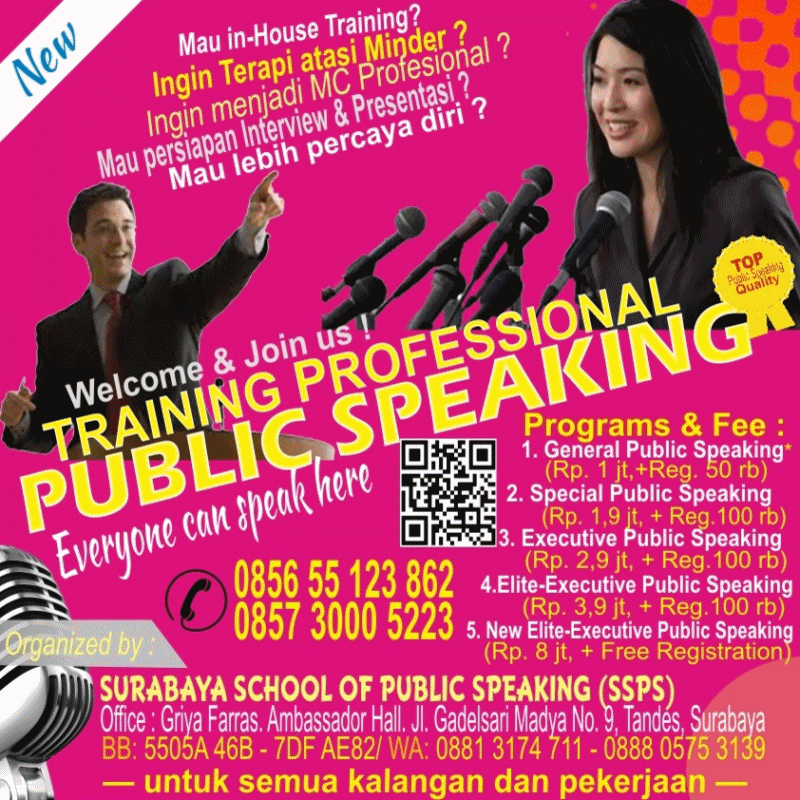Whether you are presenting to a small group of 20 or a large group of 200, there are many things you can to do in advance to ensure that your presentation achieves the desired response. The most important is to know and understand your audience as well as the venue logistics.
To connect with your audience, you need to understand why your topic is important to them. What do they expect to learn from the presentation? Don't assume the audience is like you. They may have cultural or geographic biases and the more you understand them, the better you can express yourself to them and avoid speaking gaffes. It is also important to know the level of knowledge they have about your topic, so you can present the information with the correct tone to keep people interested and engaged. There is nothing more insulting than to present basic information to a highly knowledgeable audience, and conversely, speak at too high a level for a novice audience.
If you are presenting in a foreign country, it is important to understand the cultural differences of the audience. How do they dress? How is their sense of humor? How do they typically communicate? What gestures are appropriate or inappropriate? Are there religious factors that should be considered?
There are several things you can do to prepare and research your audience before and at the beginning of the talk that will help you adjust your speech to better engage the audience.
Research in Advance
Prior to the meeting or event, speak to the organizer or sponsor of the meeting and find out the level of knowledge the audience has on the topic for discussion. Ask about the audience expectations as well as their demographics–age, background, gender, etc. If you are presenting at an industry event, research the event Web site and familiarize yourself with the mission of the event and typical attendees.If you are presenting to a corporation, then learn as much as you can about them by visiting their Web site, reading news reports, and reviewing their blogs.
Greet Them at the Door
If you are unable to find out much information about the audience prior to the meeting, you'll have to improvise and adjust your talk on the fly based on information you collect at the beginning of the meeting.Toastmasters International, a nonprofit educational organization that teaches public speaking and leadership skills, suggests that, if possible, the speaker greet people at the door and ask questions to ascertain their level of knowledge and expectations of the audience. You'll also make a few friends in the beginning and it's always nice to have friends in the room.
Call and Response Technique
Toastmasters also suggests that speakers use the "Call and Response" technique at the beginning of the talk. Frame questions at the beginning geared toward learning about the audience. Find out how much experience they have with the topic and adjust the speech accordingly. Using this method you can also gauge the mood of the audience. If the audience seems to be in a lighthearted mood, the speaker can use humor to keep audience interest. If they seem to be serious or the topic is of a serious nature, then the speaker should get right to meat of the talk.Be Familiar with the Room Layout
Public speaking coach Lisa Braithwaite suggests that the speaker visit the location of the talk prior to the meeting if possible to see how the room will be laid out, and to make any requests for positioning the visual aid equipment. Braithwaite also notes that knowing more about the venue and the size of the room will give the speaker some idea as to how energetic and physical they will have to be to engage the audience, whether a microphone will needed, and what type of visual aids will be the most effective.When you know more about your audience and their expectations, you'll be able to tailor your talk to make it more interesting. Your audience will be engaged and satisfied, and you will willingly accept their applause at the end.
Tom Ricci is an independent writer.
Sumber: https://www.asme.org/kb/news---articles/articles/public-speaking/public-speaking--know-your-audience













0 comments:
Post a Comment